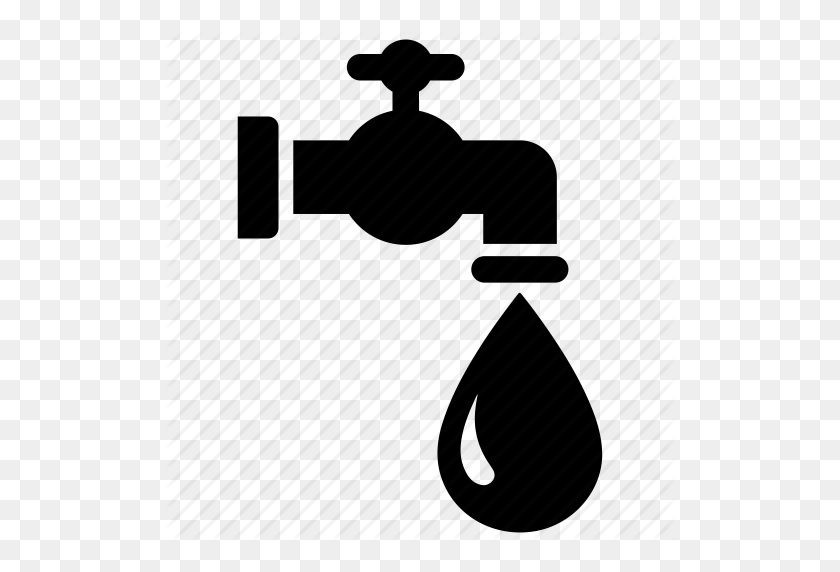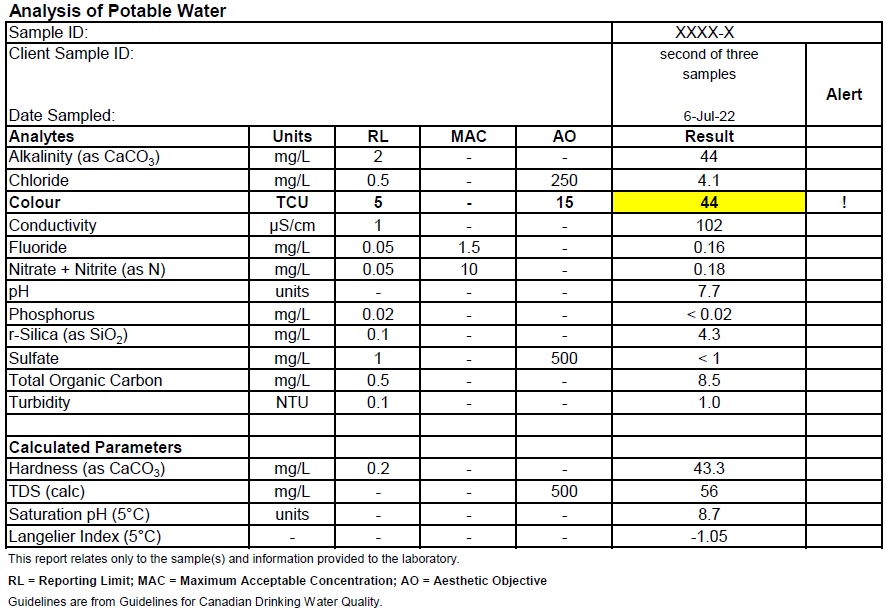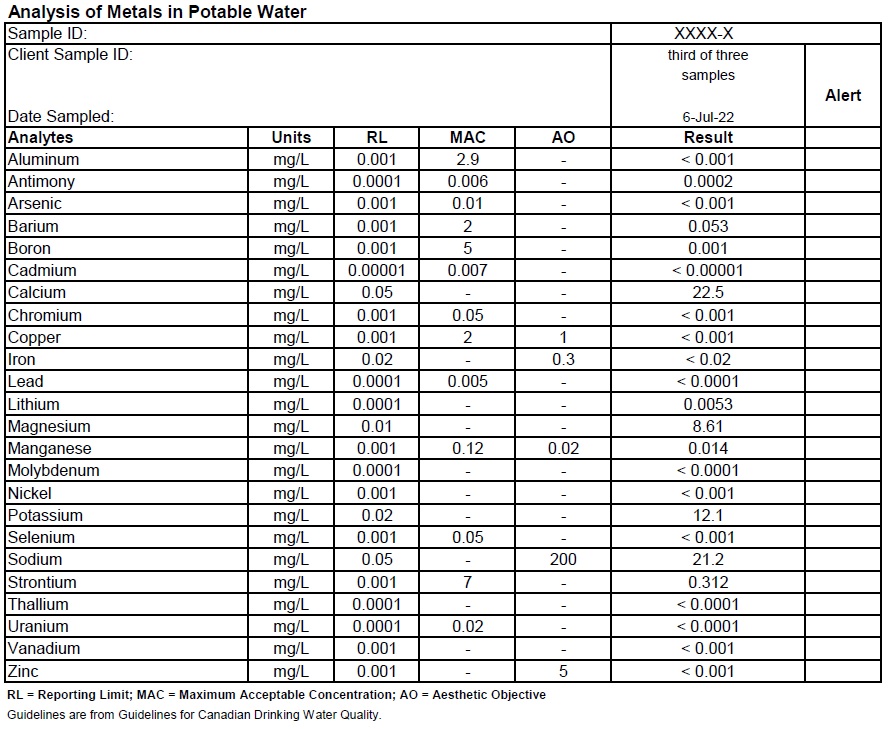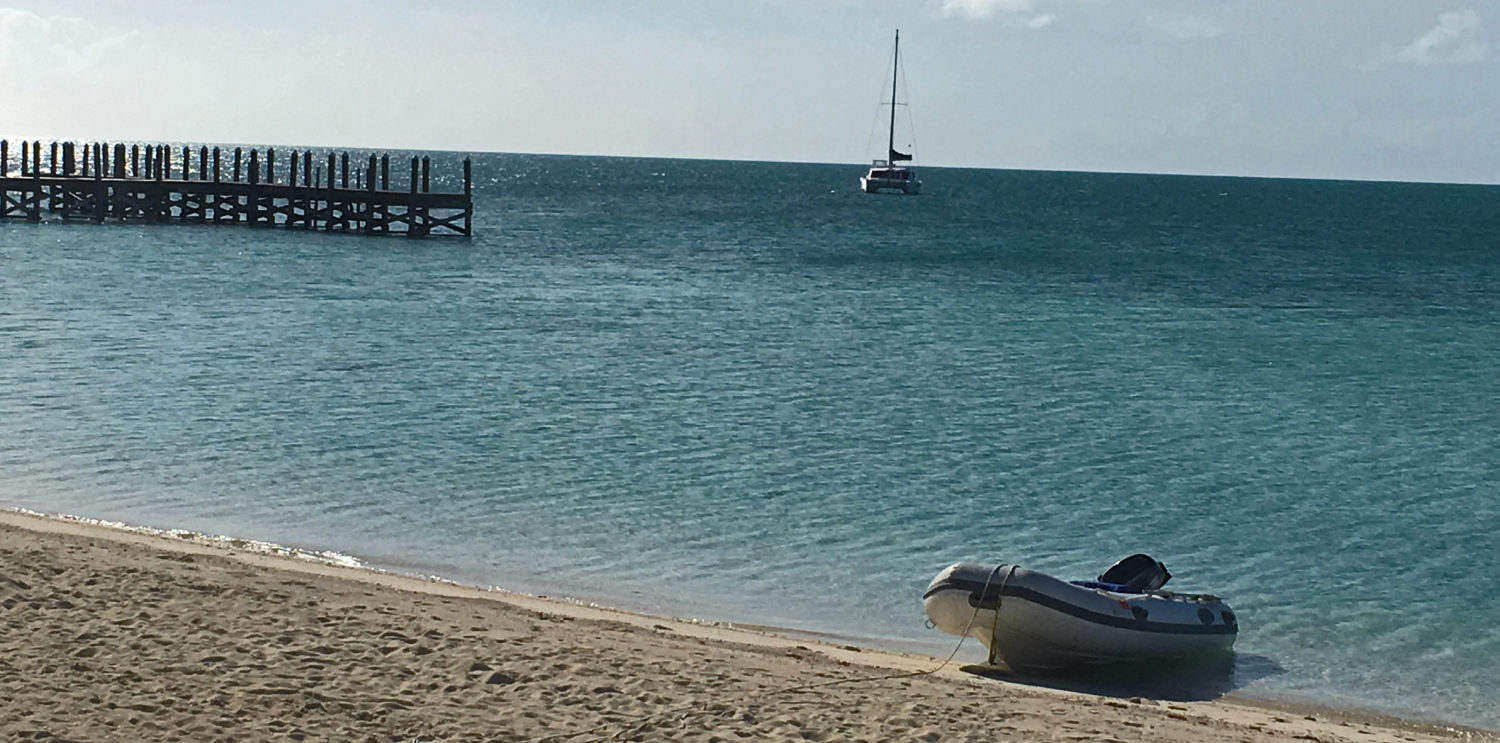
Now that the inorganic results have come back from the lab, here is the second half of our Outback Water Filter test I started last week with Part 1. The results are surprising for a couple of reasons.
First, the water in the river isn’t as bad as I assumed it would be on the inorganic side. The high E.Coli and Coliform levels in Part 1 were expected but I thought there would be many more issues after this second part of the test. The only issue that was highlighted was an unacceptably high level of Total Colour Units (TCU) but without any obvious cause, at least from the test results.
Second, there were a number of items whose levels went up after the filtration process which seems counterintuitive.

This is a potability analysis of the river water pre-filter. You can see the “Aesthetic Objective” value of 15 for the TCU, but the sample result of 44 is highlighted. What’s interesting is that there is nothing in the potability analysis nor the metals below that would indicate why the colour is unacceptable.

This is the river water metals test which surprised me. I assumed there would be something in the river that would show up here as there are lots of farms and industry upstream. They’re actually very close to our house well levels.

This is where it gets confusing. Alkalinity, Chloride, Conductivity and Hardness, as measured by Total Dissolved Solids (TDS), all go way up, and total organic carbon goes way down. This is also interesting since after the initial setup, we had the normal problem of a large amount of charcoal bits emerg from the second filter as you would expect with a carbon filter’s initial use. It seems there may be more to the second filter than just active carbon.

Barium, Lithium and Strontium are all up, but still in very small amounts overall. While, Calcium, Magnesium, Potassium and Sodium are all up which makes me think there are a lot of elemental salts involved within the second filter.
At the end of the day, the lab has determined this water (very) safe to drink. Based on the results above, it’s actually very close to the quality of water we have in the house with a 2-stage Big Blue water filter system and brine-tank water softener.
As far as whether this is something to use on a boat, keep in mind this is for freshwater filtration only, and it will take up some space both in storage and in use.
The other consideration is the flow rate. If you look at the ESP Water Products website, you’ll find an advertised flow rate of anywhere from .25 gallons per hour (GPH) or 24 gallons per day (GPD). I called them to discuss this and they apologized as they are updating their website and assured me that it will be 24 GPD or 1 GPH after the filters get saturated. We got pretty close to this rate after a while.
If none of these are show-stoppers, this is likely a cost-effective, very simple water filtration system available for you to use on board.
There are a couple of potential future items for us to consider.
I will likely contact ESP and/or Outback directly to see what is actually in the second filter and discuss how various levels went up after filtration.
There is also a hydrocarbon test that is available through this lab, although pricy at $210. I may do that test at some point in the future, or at least discuss what it is generally used for. We did not get the test when we bought the house in 2019, and I don’t think it was even available before this year.

Leave a Comment